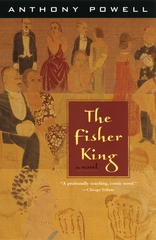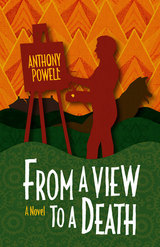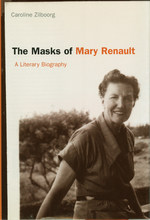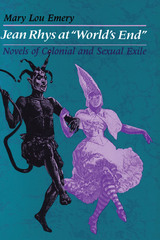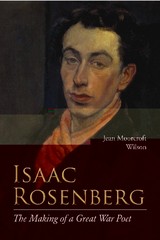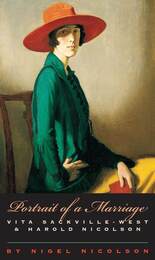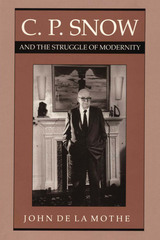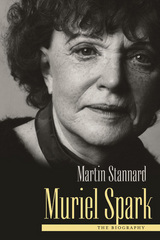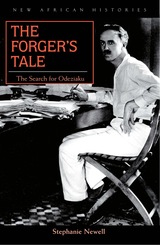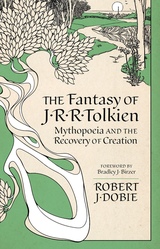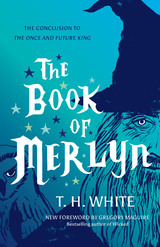Muriel Spark: The Biography
Northwestern University Press, 2011
Paper: 978-0-8101-2791-3
Library of Congress Classification PR6037.P29Z92 2010b
Dewey Decimal Classification 823.914
Paper: 978-0-8101-2791-3
Library of Congress Classification PR6037.P29Z92 2010b
Dewey Decimal Classification 823.914
ABOUT THIS BOOK | AUTHOR BIOGRAPHY | REVIEWS | TOC
ABOUT THIS BOOK
Born in 1918 into a working-class Edinburgh family, Muriel Spark became the epitome of literary chic and one of the great writers of the twentieth century. Her autobiography, Curriculum Vitae: A Volume of Autobiography, recorded her early years but politely blurred her darker moments: troubled relations with her family, a terrifying period of hallucinations, and disastrous affairs with the men she loved. At the age of nineteen, Spark left Scotland to get married in southern Rhodesia, only to divorce and escape back to Britain in 1944. After converting to Catholicism in 1954, she began writing novels that propelled her into the literary stratosphere. These came to include Memento Mori, The Girls of Slender Means, and A Far Cry from Kensington.
Spark achieved international celebrity with The Prime of Miss Jean Brodie (1961), later adapted into a successful play and film. John Updike, Tennessee Williams, Evelyn Waugh, and Graham Greene, among others, applauded her work. She lived part-time in New York City, had an office at the New Yorker, and became friends with Shirley Hazzard and W. H. Auden. Spark ultimately settled in Italy, where for more than thirty years—until her death in 2006—she shared a house with the artist Penelope Jardine. Spark gave Martin Stannard full access to her papers. He interviewed her many times as well as speaking to her colleagues, friends, and family members. The result is an indelible portrait of one of the most significant and emotionally complicated writers of the twentieth century, full of strong feeling, sharp wit, and unabashed ambition.
Spark achieved international celebrity with The Prime of Miss Jean Brodie (1961), later adapted into a successful play and film. John Updike, Tennessee Williams, Evelyn Waugh, and Graham Greene, among others, applauded her work. She lived part-time in New York City, had an office at the New Yorker, and became friends with Shirley Hazzard and W. H. Auden. Spark ultimately settled in Italy, where for more than thirty years—until her death in 2006—she shared a house with the artist Penelope Jardine. Spark gave Martin Stannard full access to her papers. He interviewed her many times as well as speaking to her colleagues, friends, and family members. The result is an indelible portrait of one of the most significant and emotionally complicated writers of the twentieth century, full of strong feeling, sharp wit, and unabashed ambition.
See other books on: 20th century | Biography | Biography & Autobiography | Literary Figures | Spark, Muriel
See other titles from Northwestern University Press

